Take Text Annotation to a New Level with Purposeful Doodling
Ever feel like you’d like your students to dig deeper into a text instead of just glossing over it with a superficial read? One of the most powerful strategies we can teach students to get them to delve further in the meaning-making process is annotating. However, it can be done in so many different ways! And let’s be honest…sometimes it’s just plain boring.
I’m a big fan of layers. Meaning, I like to teach students basic ways to do something and then gradually add more choices that allow for creativity and critical thinking. When I teach text annotation, I focus on helping students to put their brain on paper. In other words, I want students to fill the margins with their inferences, questions, disagreements, and a-ha moments. For me, text annotation focuses more on applying reading strategies than adding icons or symbols that correspond to a universal legend.
Once students have the basics of text annotation in place, I look for ways to build on it to stay engaged with complex texts. That’s where purposeful doodling comes into play!
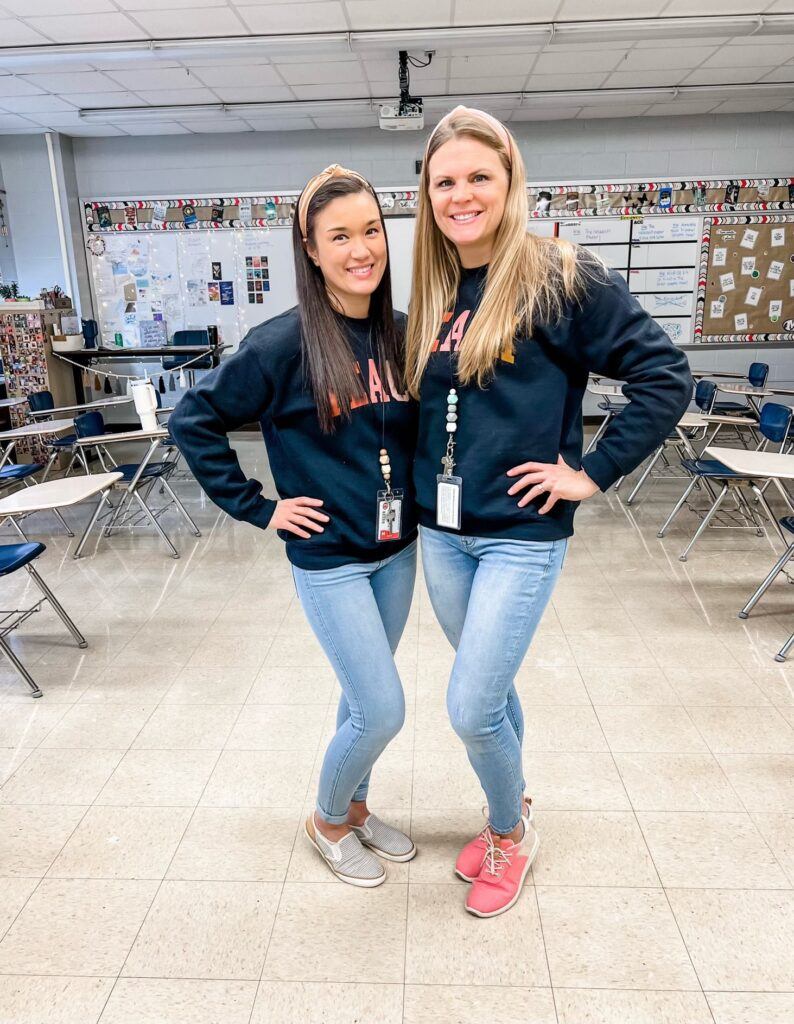
As an instructional coach, I get to work on a variety of teaching projects with teachers in my building. During one collaboration with my friend and colleague Sarah Gorshe (pictured), she coined the term “purposeful doodling.” We had previously worked together on introducing sketchnotes to eighth graders, and this time around, she wanted a stepping stone between annotation and sketch noting. As we brainstormed what this “new thing” could look like, we landed on the idea of adding images to annotations.
In this post, you’ll get all the details you need to get started with purposeful doodling in your own classroom. Sarah and I are sharing the good stuff, including…
- some benefits of purposeful doodling
- steps for how to introduce purposeful doodling to students
- tips for success with purposeful doodling
- what purposeful doodling might look like
- some of her teaching tools for the introductory lesson
What is Purposeful Doodling?
In short, purposeful doodling simply involves adding a visual layer to your interpretation of a text. Annotations are typically words. Doodles are sketches or drawings. Sometimes, images can express what words cannot. Our brains think about pictures differently than words.
The picture-superiority effect refers to the brain’s ability to remember pictures longer than words. As readers, we have an emotional response with a picture that differs from that of a word.
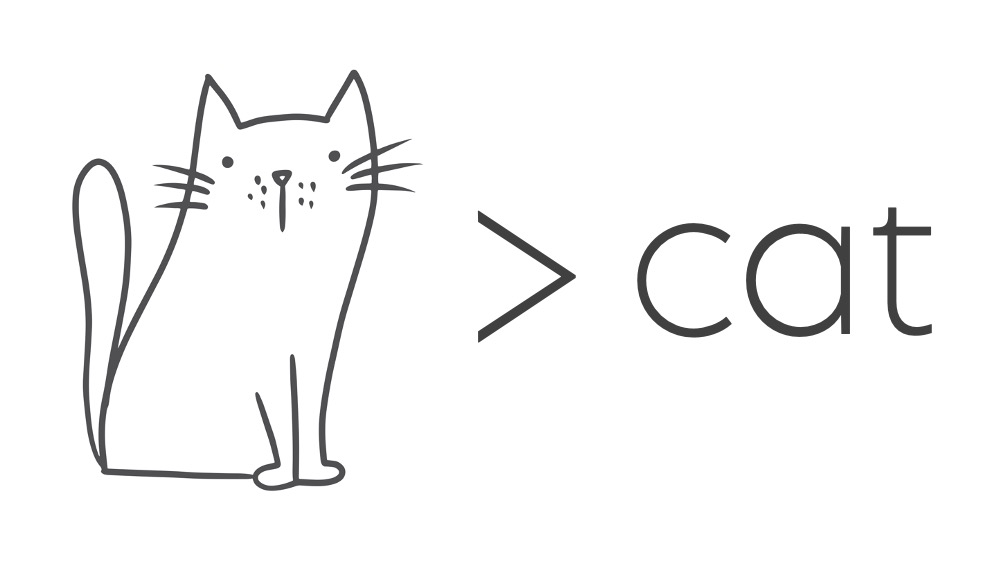
Why Purposefully Doodle?
Doodling is an asset! Engaging our executive resources with doodles while we’re listening to a lecture or phone call safeguards our attention from wandering off on its own to think about what we’ll have for dinner or our plans for the weekend. Allowing students to doodle while they listen to or read a text may keep them more attentive than we realize.
But the thing is, when you ask students about their experiences with doodling (Why do you doodle in class?), their answers are often dismissive. It’s mindless. I doodle to avoid doing class work. I’m bored. If you were to ask your students, you might get some similar responses along with the usual I enjoy it or It helps me to focus.
It’s fun to reframe doodling for students…to help them see how they can leverage it for learning. Doodling can be powerful and purposeful when you use images to reveal deeper ideas. We live in an increasingly graphic world (e.g. – YouTube, social media, graphic novels). Many of our students will be creating these products and revolutionizing the future of advertising, writing, marketing, and entertainment. Let’s embrace visuals by pairing them with complex texts!
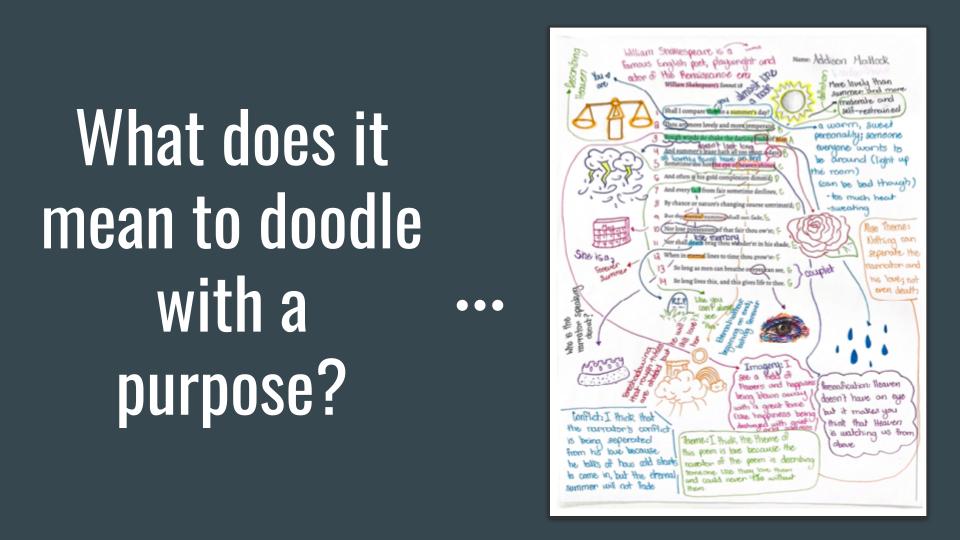
What are some of the other learning benefits of purposeful doodling?
- It deepens comprehension and memory.
- It naturally pushes students into symbolic interpretation of a text.
- It makes sketch noting less intimidating by functioning as a scaffold.
- There is so much flexibility and choice!
- It forces close reading as students have to keep going back to the text to uncover more meaning.
- Teachers can see higher-level thinking on paper.
- It can address multiple reading standards since students are encouraged to analyze so many different things.
Step by Step: How to Get Started
First, annotate.
To begin your adventures with purposeful doodling, students first need to have a foundation in annotating. Sarah likes to start annotations with short stories and poems. She uses “How to Eat a Poem” to model annotations for students.
What can students annotate on a poem or another text? Sarah encourages variety. Students can annotate things like…
- interpretations
- inferences
- comments
- connections
- literary elements
- language analysis
- vocabulary definitions or connotations
- questions
- possible answers to their questions
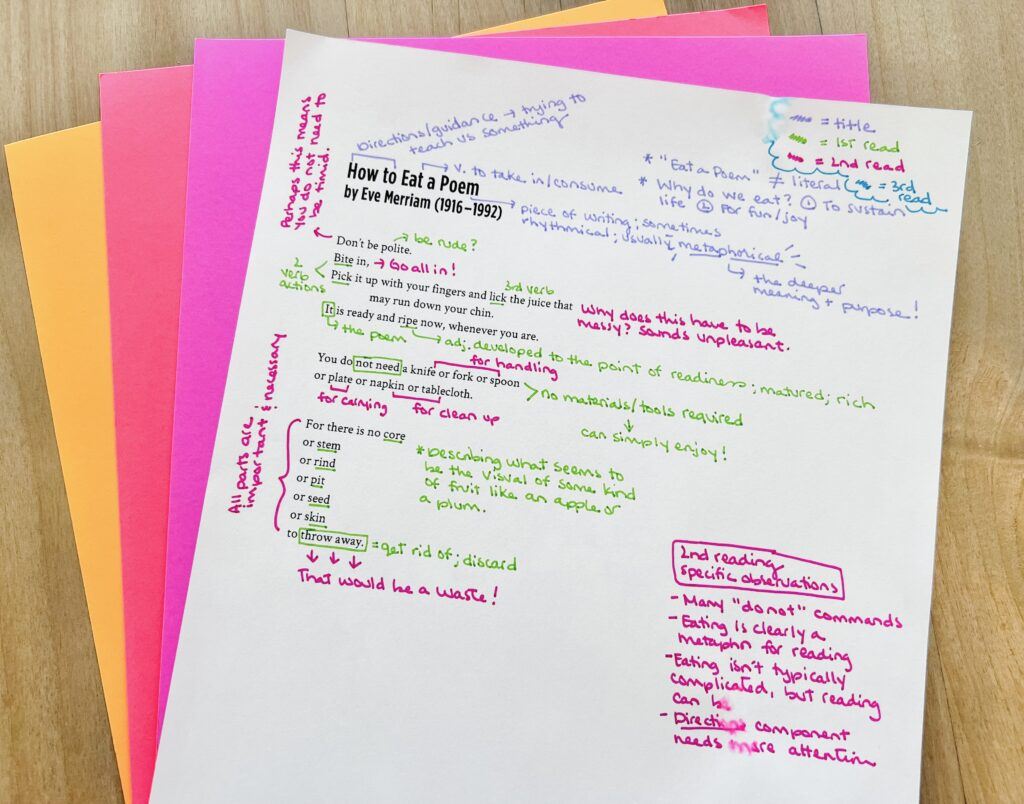
Next, introduce doodling.
Address common roadblocks when it comes to doodling. You know…the groans that ensue as soon as you mention the word “drawing”? These groans are generally due to a misunderstanding of the expectations. Students may envision themselves spending hours on some grandiose piece of artwork or coloring, which is exactly the opposite of the goal of purposeful doodling.
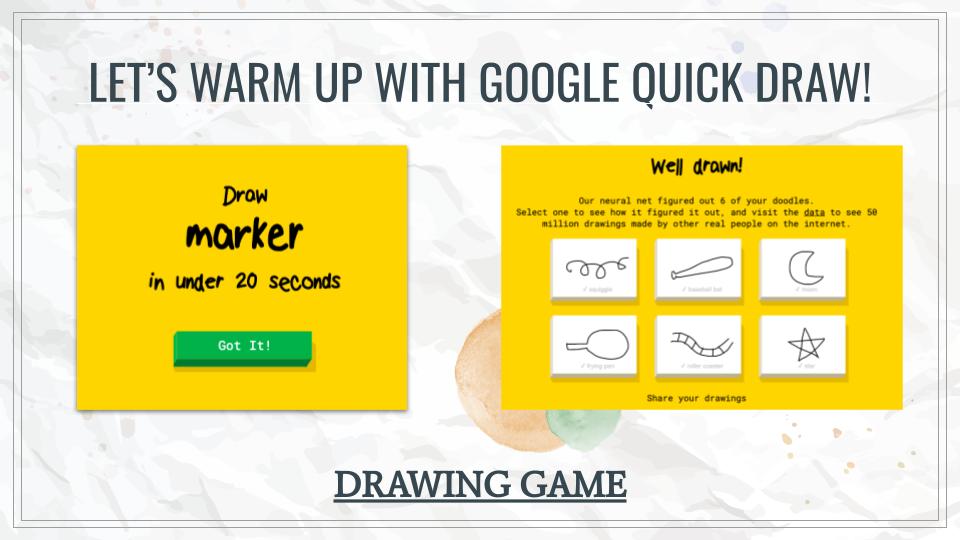
Tell students, “Doodle what you know.” We love using Google Quick Draw, which is a prompt generator that asks students to quickly sketch some very literal images. (Think…basketballs, umbrellas, apples.) The intention is just to get them used to drawing and to spark childhood emotions. Sketching imperfect, simple images like stick figures and Pictionary drawings can be therapeutic. This introductory activity shows students that pictures don’t need to be detailed or fancy to have meaning and an impact on learning and growth.
Now, it’s time to push it. Sarah uses a slideshow with one word prompts and provides students with whiteboards for sketching. Students are more likely to take risks with whiteboards because they are less permanent than paper and pen!
Give students a word that has a complex meaning…one that can be unpacked. Words that allow for different connotations, connections, and interpretations work well. Ask students to sketch a simple symbolic image (like a tornado or big waves for conflict, for instance). If necessary, tell them to use their resources for ideas. They can go back to the Quick Draw database or pull up a simple image on Google to trace or emulate.
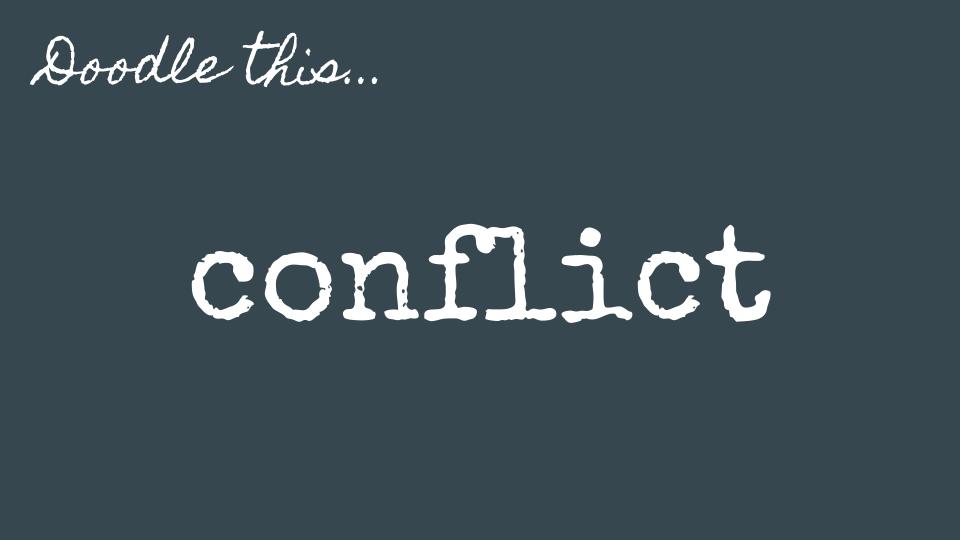

Then, group share! Even if students don’t want to show their sketches, they can still share out the ideas for what they generated. Hearing ten different interpretations for how to represent the word “conflict” with an image sparks creativity and critical thinking.
Finally, add doodles to annotations.
Revisit one of students’ previous text annotations instead of starting from scratch if you think it will be less overwhelming as a starting point. Encourage students to add doodles to their annotations. Look at the example of how images add a layer of meaning to the text annotations in the example below.
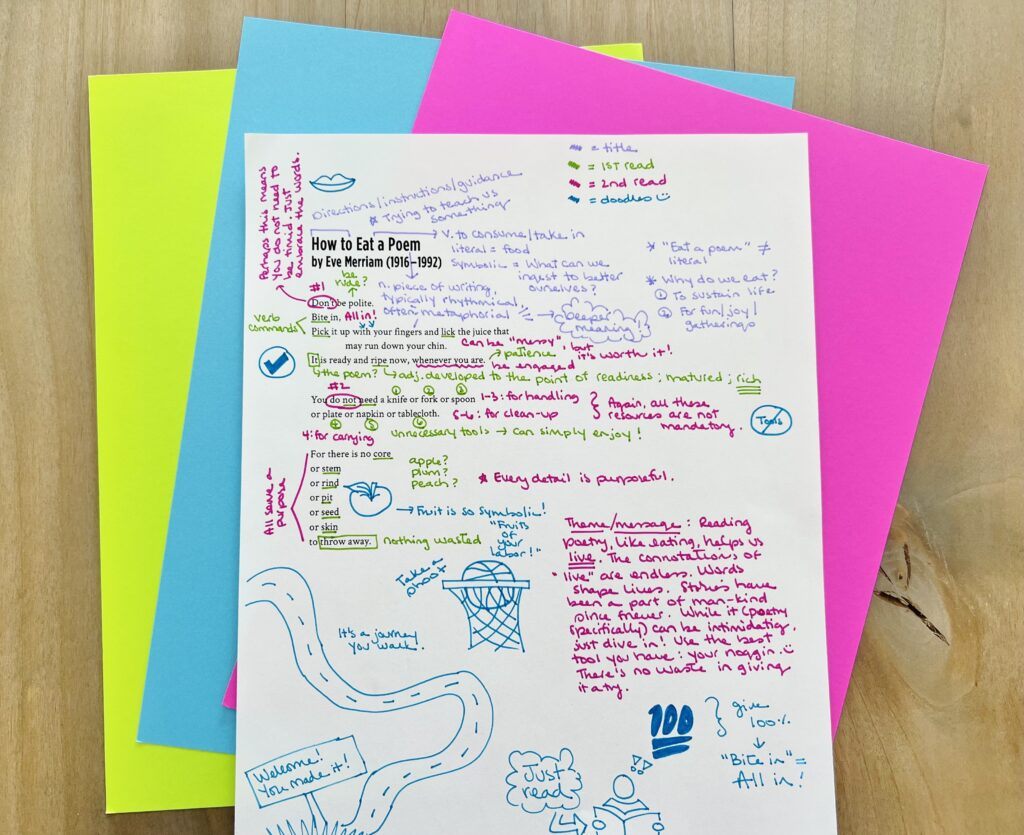
As a reader, we could analyze and evaluate the icons the doodler chose. But the real value in the doodles is for the doodler him or herself. The road with the “You made it sign” emphasizes the journey of maturity through becoming a more strategic, nutritious reader. The checkmark may help the doodler to remember that texts are ready for the eating…I mean, reading. We can learn from them if we just take a moment to chew on the words and taste their flavor.
Other Tips for Success
Anytime we try something new, we know there will be stumbling blocks, but we aren’t always sure which ones to anticipate. Sarah has some other tips for success when getting started with purposeful doodling. Hopefully these will save you some time!
Modeling
Sometimes, students write a lot of questions all over their page, but they don’t put in the work to think about how to answer their own text analysis questions. This truncates thinking. Model how students should be asking questions that have more than one possible answer, and then show students how they can include possible answers next to their questions.
If students are hesitant to analyze figurative language with their annotations and doodles, model that process for them. “Look, this person wrote a metaphor here. Cool. There’s a lot of white space around that metaphor. What could we put here? I wonder if the author included this metaphor to help the reader emotionally connect with the topic?”
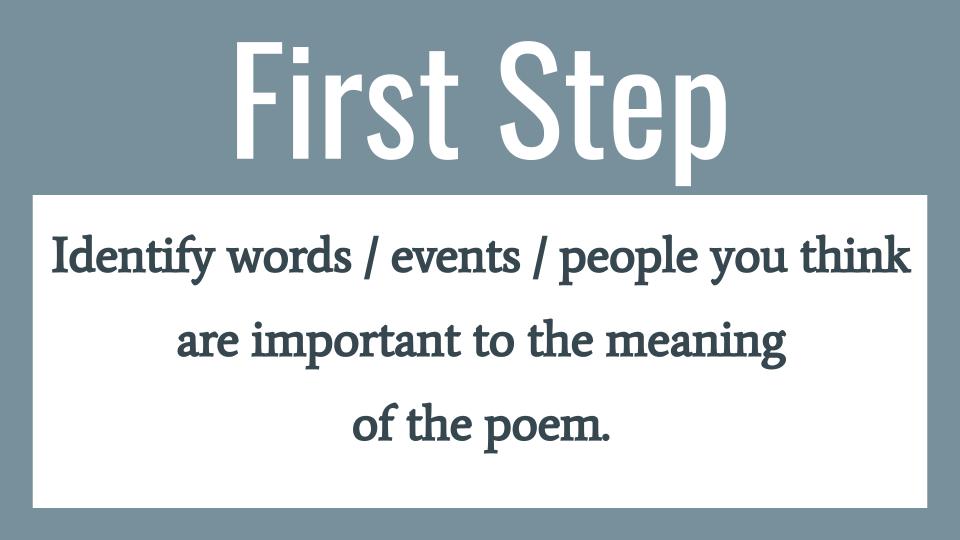
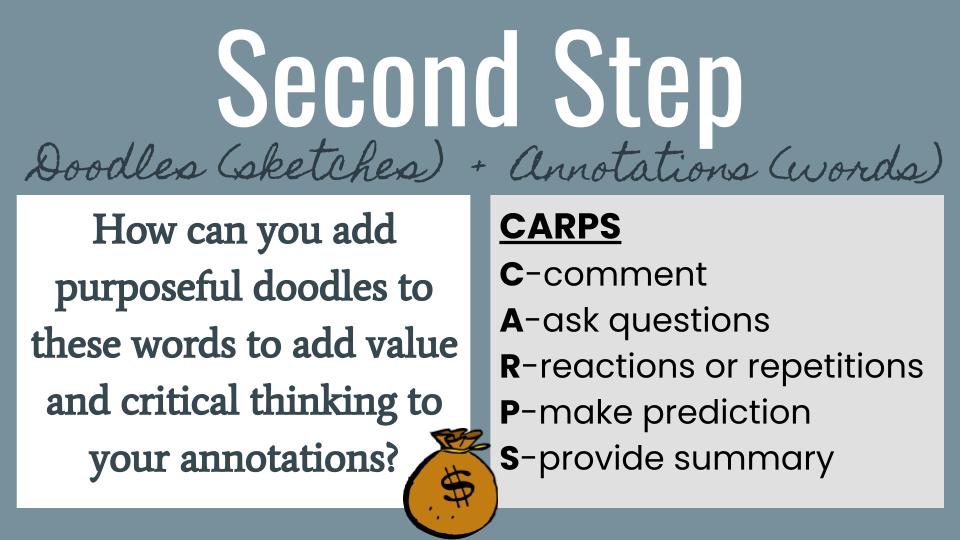
Feedback
Feedback is important with purposeful doodling. Students need constant, ungraded feedback from Day 1. Without it, students will quickly slip back into the basic, surface-level thinking. You’ve seen it — the perfunctory, check-the-box, “Here, I did it” style work. Feedback doesn’t have to be time consuming or written. It could look like walking around the room and offering some verbal feedback or asking if a few students could share their strong ideas with the class. It could look like addressing common misconceptions you are seeing with the whole group.
Prioritize time for sharing. When students share their ideas with peers, they will inspire one another to be more creative, critical, and thoughtful with their annotations and doodles. It should sound like, “This is what I sketched, and this is why I sketched it.”
Expression
Encourage creativity. Celebrate mistakes as part of the learning process. Annotations and doodles don’t have to be perfect. Thinking is messy. Learning is messy. No one ever became an writer or an artist or an inventor by getting it perfect the first time around. There is beauty in the process.
Give students a choice in the type of utensils they use. Allow students to cover their desk with their favorite pens and highlighters. Encourage color for symbolism. Allow some freedom in the texts they use to practice. To differentiate the process, consider using six word stories in a gallery walk format.
Amount
Beware of focusing more on quantity or doodles than quality. Sarah and I will take fewer, more meaningful doodles over many surface-level doodles that don’t push thinking any day!
Think about the ratio. Sarah tells her students they need to include both text and doodles and that the ratio is flexible, but she recommends aiming for 25/75 or 50/50 pictures to words.
Choosing a Text
What type of text is best to begin with? There isn’t one right answer. Poems are short and pack a lot of meaning. They could be a good starting point. Most recently, Sarah has asked students to think about this prompt: Why do words impact our lives so much? Students pick a song they enjoy and annotate it with words and visuals that answer that question as they explain why the song holds so much meaning for them.
Other short texts you could consider include Tweets, six-word stories, or even vocabulary words.
The Next Level: Sketch Noting
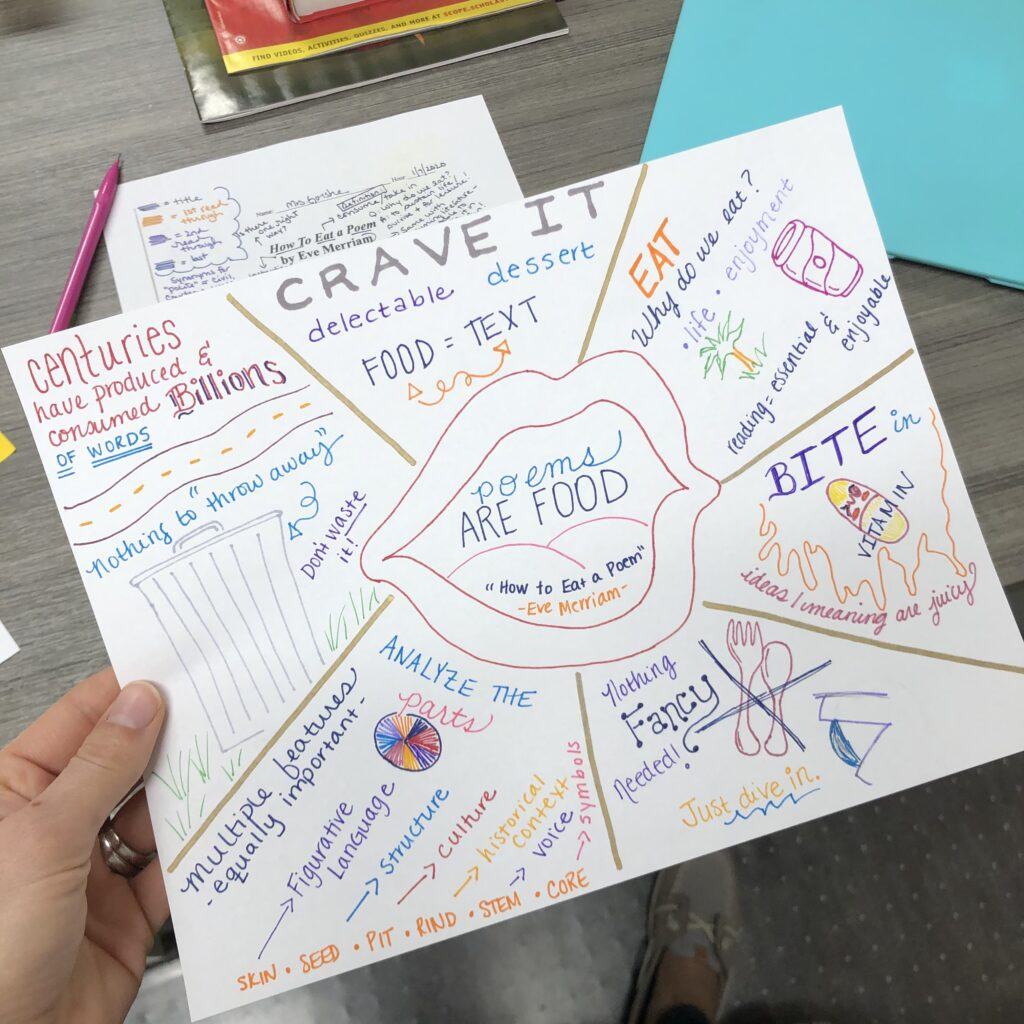
Of course, purposeful doodling is the perfect stepping stone for sketch noting since students learn how to add meaningful visuals to their annotations. The next step is to think about how that information can be clearly organized and communicated without the actual text on the page! If you’re interested in seeing students work through the entire progression, you can find my process for introducing sketch notes in the classroom here.



I love this quote from Picasso: “All children are artists. The problem is how to remain one once we grow up.” Why does drawing quickly become an elementary-focused activity in so many pockets of the American culture?
New Jersey teacher and artist Lee Ten Hoeve challenges the traditional, words-only thought process for learning. She says, “Doodling is one way all people – artistically inclined or not – can remain visual thinkers. We should never forget the power of losing yourself in a blank page.” And it’s true! When students see their brain on paper, there is a sense of pride and accomplishment in creating that original thought.
In the words of Sue Shellenbarger of The Wall Street Journal, “A blank page can serve as an extended playing field for the brain, allowing people to revise and improve on creative thoughts and ideas.”
So, is it time to hit “refresh!” on text annotations in your classroom? The next time the opportunity arises, try adding Sarah’s purposeful doodling to your process. Students will be stretched to new levels of learning, and your curiosity as a teacher will be sharpened as well!
Related Resource
Sometimes, annotating texts can be painful. I find that, without the proper structure, students…
- are bored
- are overwhelmed
- feel like it’s busywork
- don’t go deep enough with analysis
…and if you can relate, here’s what to do! Introduce types of annotations using these engaging mini lessons and practice passages!

